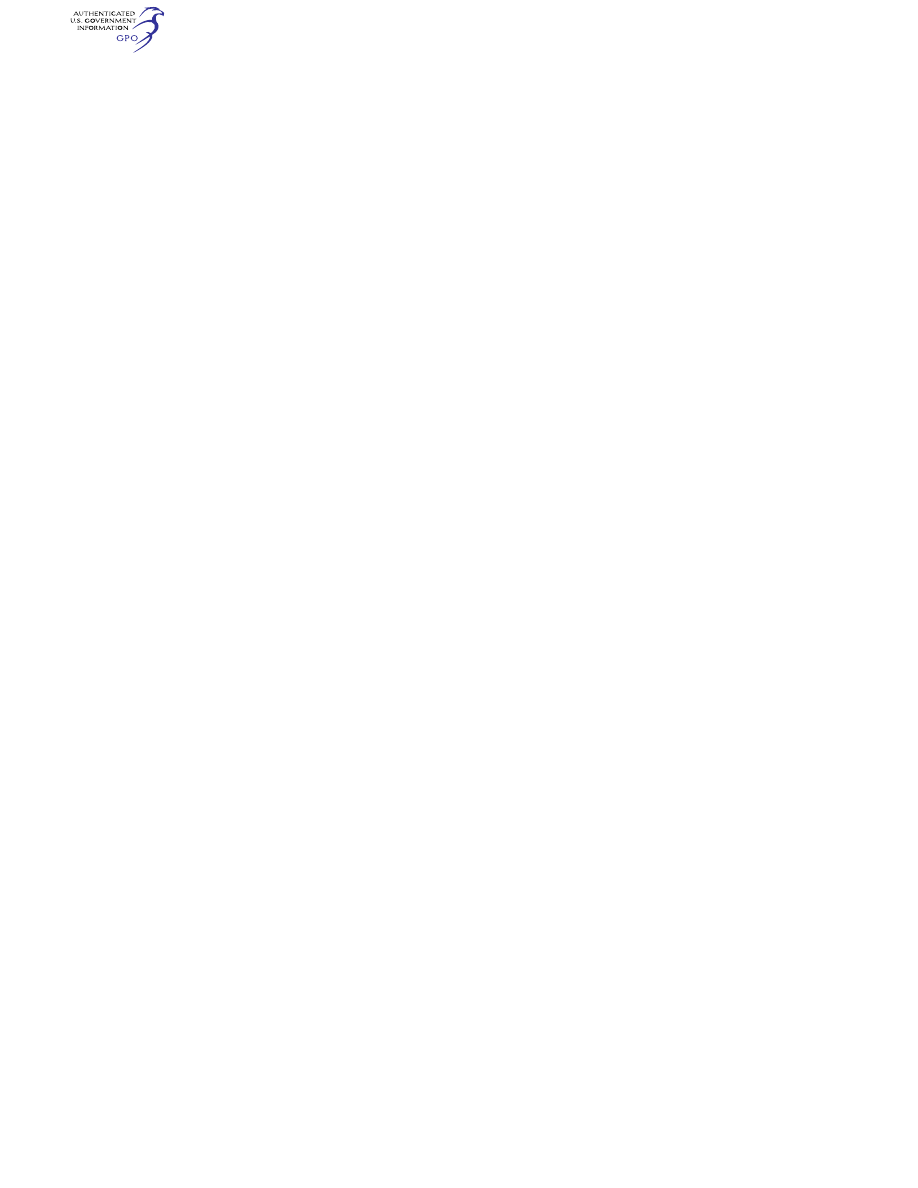
400
14 CFR Ch. I (1–1–24 Edition)
§ 129.107
(2)
Airplanes exceeding 14 years in serv-
ice but not 24 years in service on
Decem-
ber 8, 2003;
initial and repetitive inspec-
tions and records reviews.
For an air-
plane that has exceeded 14 years in
service, but not 24 years in service, on
December 8, 2003, no later than Decem-
ber 4, 2008, and thereafter at intervals
not to exceed 7 years.
(3)
Airplanes not exceeding 14 years in
service on
December 8, 2003;
initial and
repetitive inspections and records reviews.
For an airplane that has not exceeded
14 years in service on December 8, 2003,
no later than 5 years after the start of
the airplane’s 15th year in service and
thereafter at intervals not to exceed 7
years.
(b)
Unforeseen schedule conflict.
In the
event of an unforeseen scheduling con-
flict for a specific airplane, the Admin-
istrator may approve an extension of
up to 90 days beyond an interval speci-
fied in paragraph (b) of this section.
(c)
Airplane and records availability.
The foreign air carrier or foreign per-
son must make available to the Admin-
istrator each U.S.-registered multien-
gine airplane for which an inspection
and records review is required under
this section, in a condition for inspec-
tion specified by the Administrator, to-
gether with the records containing the
following information:
(1) Total years in service of the air-
plane;
(2) Total time in service of the air-
frame;
(3) Total flight cycles of the air-
frame;
(4) Date of the last inspection and
records review required by this section;
(5) Current status of life-limited
parts of the airframe;
(6) Time since the last overhaul of all
structural components required to be
overhauled on a specific time basis;
(7) Current inspection status of the
airplane, including the time since the
last inspection required by the inspec-
tion program under which the airplane
is maintained;
(8) Current status of applicable air-
worthiness directives, including the
date and methods of compliance, and if
the airworthiness directive involves re-
curring action, the time and date when
the next action is required;
(9) A list of major structural alter-
ations; and
(10) A report of major structural re-
pairs and the current inspection status
for those repairs.
(d)
Notification to Administrator.
Each
foreign air carrier or foreign person
must notify the Administrator at least
60 days before the date on which the
airplane and airplane records will be
made available for the inspection and
records review.
[Doc. No. FAA–1999–5401, 67 FR 72763, Dec. 6,
2002, as amended by Amdt. 129–34, 70 FR 5533,
Feb. 2, 2005; Amdt. 129–41, 70 FR 23936, May 6,
2005. Redesignated by Amdt. 129–43, 72 FR
63413, Nov. 8, 2007]
§ 129.107 Repairs assessment for pres-
surized fuselages.
(a) No foreign air carrier or foreign
persons operating a U.S. registered air-
plane may operate an Airbus Model
A300 (excluding
¥
600 series), British
Aerospace Model BAC 1–11, Boeing
Model 707, 720, 727, 737, or 747, McDon-
nell Douglas Model DC–8, DC–9/MD–80
or DC–10, Fokker Model F28, or Lock-
heed Model L–1011 beyond the applica-
ble flight cycle implementation time
specified below, or May 25, 2001, which-
ever occurs later, unless operations
specifications have been issued to ref-
erence repair assessment guidelines ap-
plicable to the fuselage pressure bound-
ary (fuselage skin, door skin, and bulk-
head webs), and those guidelines are in-
corporated in its maintenance pro-
gram. The repair assessment guidelines
must be approved by the responsible
Aircraft Certification Service office for
the type certificate for the affected air-
plane.
(1) For the Airbus Model A300 (ex-
cluding the –600 series), the flight cycle
implementation time is:
(i) Model B2: 36,000 flights.
(ii) Model B4–100 (including Model
B4–2C): 30,000 flights above the window
line, and 36,000 flights below the win-
dow line.
(iii) Model B4–200: 25,500 flights above
the window line, and 34,000 flights
below the window line.
(2) For all models of the British Aero-
space BAC 1–11, the flight cycle imple-
mentation time is 60,000 flights.
